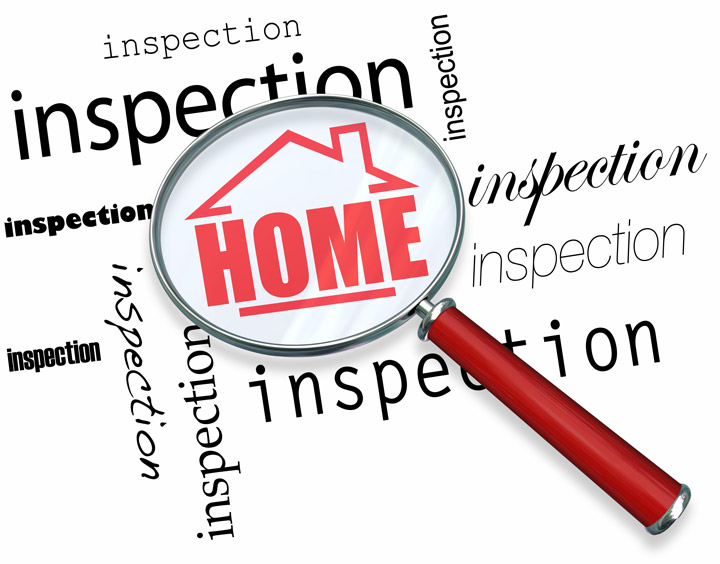
Understanding the Residential Appraisal
Much of the private, corporate, and public wealth of the world consists of real estate. The magnitude of this fundamental resource creates a need for informed appraisals to support decisions pertaining to the use and disposition of real estate and the rights inherent in ownership. An appraisal answers one or more specific questions about a real estate parcel’s value, marketability, usefulness, or suitability.
An appraisal is the act or process of developing an opinion of value. The valuation process is a systematic procedure the Appraiser follows to answer a client’s question about real property value. The most common type of appraisal assignment is developing an opinion of market value. The majority of the participants are very familiar. The real estate agent is the most recognizable person in the transaction. Then, the bank provides the financial capital required to bankroll the transaction. And the title company ensures that all details of the sale are completed and that the title is clear to pass from the seller to the buyer. So, who's responsible for making sure the property is worth the purchase price? In comes the Appraiser. We provide an unbiased opinion of what a buyer might expect to pay — or a seller receive — for a property, where both buyer and seller are informed parties. A Licensed, Certified, Professional Appraiser from United Appraisal will ensure you, as an interested party, are informed. Value Influences The analysis of social, economic, governmental, and environmental forces provides an understanding of the dynamics of change and helps identify value trends. Against this background, the appraiser investigates the characteristics of the subject property that might impact the property’s value. The appraiser also investigates the nature of the market for that property, competitive properties, and the buyers and sellers who constitute the market for that property type. The principles of supply and demand, substitution, balance, and externalities help explain shifts in value. The inspection is where an appraisal starts To determine the true status of the property, it's our duty to first conduct a thorough inspection. We must physically see aspects of the property, such as the number of bedrooms and bathrooms, the location, living areas, etc, to ensure they really exist and are in the condition a reasonable buyer would expect them to be. The inspection often includes a sketch of the property, ensuring the square footage is proper and conveying the layout of the property. Most importantly, the appraiser looks for any obvious amenities - or defects - that would affect the value of the house. Next, after the inspection, we use two or three approaches to determining the value of the property:

Cost ApproachThis is where we gather information on local building costs, the cost of labor, and other factors to figure out how much it would cost to replace the property being appraised. This figure commonly sets the upper limit on what a property would sell for.

Appraisers are intimately familiar with the communities in which they appraise. They thoroughly understand the value of certain features to the homeowners of that area. Then, the appraiser looks up recent transactions in the neighborhood and finds properties that are 'comparable' to the property in question. Using knowledge of the value of certain items such as square footage, extra bathrooms, hardwood floors, fireplaces, or view lots (just to name a few), we add or subtract from each comparable's sales price so that they more accurately match the features of the subject property.
Income ApproachIn the case of income-producing properties - rental houses, for example - we may use an additional approach to value. In this scenario, the amount of revenue the property produces is factored in with income produced by neighboring properties to give an indicator of the current value.
The Bottom LineCombining information from 1, 2, or 3 of the approaches, the Appraiser is then ready to document an opinion of value for the subject property. The opinion of value at the bottom of the appraisal report is not always what's being paid for the property, even though it is likely the best indication of a property's value. There are always mitigating factors such as seller motivation, urgency, or 'bidding wars' that may adjust the final price up or down. Regardless, the appraised opinion of value is often employed as a guideline for lenders who don't want to loan a buyer more money than they could recover in the event they had to sell the property again. Here's what it all boils down to, an Appraiser from United Appraisal will help you attain the most accurate property value, so you can make the best real estate decision.
|